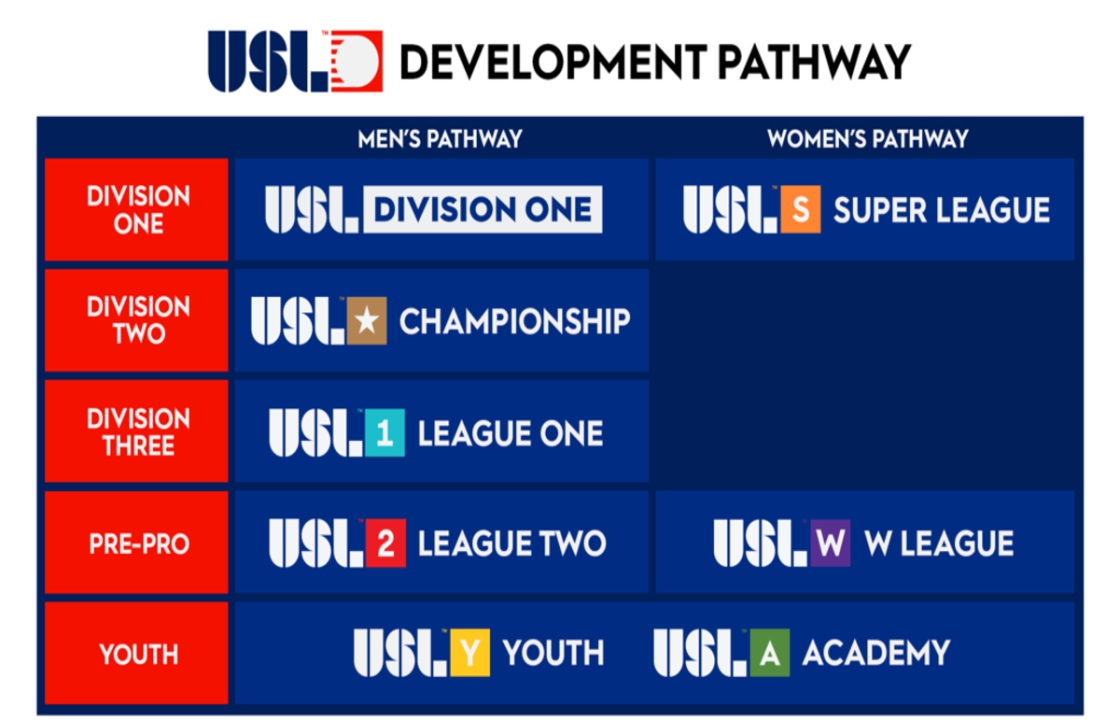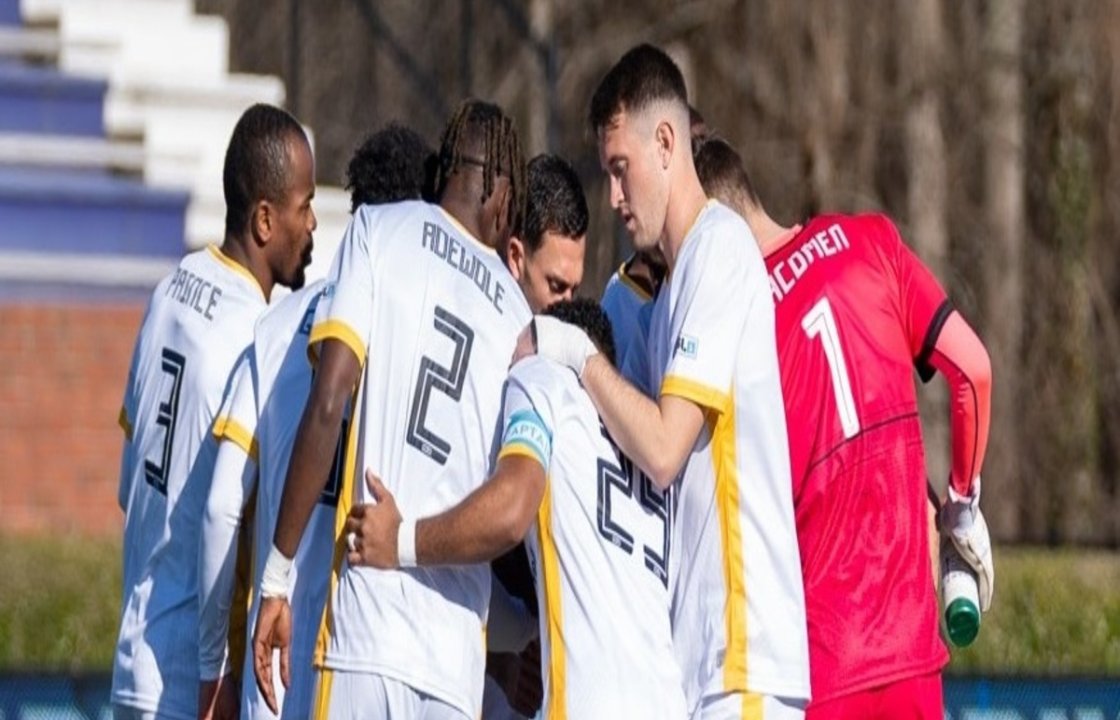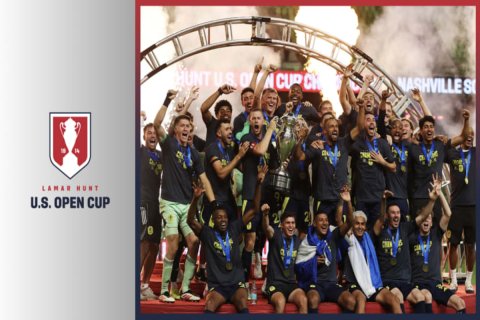The United Soccer League (USL) is shaking up the American soccer landscape with a groundbreaking plan to introduce a new first-division league that could transform the game in the United States.
The Ambitious Vision of USL
The United Soccer League (USL), long recognized for its steadfast growth and player development efforts, is aiming higher than ever. Its proposal to establish a first-division professional league is more than just a competitive move—it’s a strategic vision designed to elevate soccer standards, give clubs a greater platform, and create a more dynamic soccer ecosystem in the U.S.
For years, Major League Soccer (MLS) has operated as the sole first-division league in the United States, officially sanctioned by the U.S. Soccer Federation. The USL’s plan would challenge that monopoly and open the door for a more diversified and competitive top-tier environment. This move could offer players, coaches, and fans more opportunities, greater choice, and higher-level competition.

Why Now? Timing and Momentum
The USL's decision comes at a pivotal moment for American soccer. With the 2026 FIFA World Cup on the horizon and soccer interest at an all-time high across the country, there has never been a more opportune time to expand the professional soccer landscape. Attendance numbers in lower divisions are growing, youth participation is climbing, and the cultural acceptance of soccer is quickly catching up with traditional American sports.
The USL sees this as the perfect window to strike. With strong infrastructure, a growing network of clubs, and proven operational success at the USL Championship and League One levels, the league is well-positioned to take the next step. This proposed top-tier league is part of a broader plan to build a sustainable soccer pyramid in the U.S., with promotion-relegation potentially part of the long-term vision.
A Distinct Approach to First Division Soccer
Unlike MLS, which operates on a closed-league model with franchise fees and no promotion-relegation, the USL aims to promote a more open and community-driven system. The league has emphasized its desire to support independently owned clubs, many of which already have strong fan bases and local identities. These clubs will have the opportunity to join a more inclusive top-tier structure, where results on the field truly matter.
This vision appeals to traditionalists who feel that American soccer lacks the competitive spirit found in European and South American leagues. The USL wants to embrace the global soccer model, potentially including promotion and relegation down the line, aligning with the systems used in footballing powerhouses.
By creating a first division that values meritocracy, fan culture, and long-term sustainability, the USL is differentiating itself from MLS’s more corporate model. It’s a bold and refreshing approach that could reinvigorate grassroots enthusiasm and attract new investors and supporters.
Potential Challenges and Roadblocks
While the ambition is admirable, there are undeniable challenges ahead. The first is the matter of official sanctioning. To be recognized as a first-division league, the USL will need approval from the U.S. Soccer Federation, which currently sanctions MLS as the only top-tier competition. Securing that status will require demonstrating sufficient financial backing, stadium capacity, market presence, and organizational depth.
Another obstacle is market saturation. Many large metropolitan areas already host MLS franchises. For the USL’s first division to thrive, it will need to either compete in those same markets or build strongholds in mid-size cities where soccer is rapidly growing. Either path presents risk, but also great potential if executed properly.
There’s also the matter of player acquisition and development. Competing with MLS for talent may require increased investment in academies, facilities, and salaries. However, the USL has been quietly building a reputation for developing young talent, and its clubs often provide more consistent playing time to up-and-coming players.

What This Means for U.S. Soccer
The creation of a second first-division league would be a historic milestone in American soccer. It could shift the country’s soccer narrative from a one-league system to a multi-tiered, competitive model similar to those in England, Spain, or Germany. It could also stimulate healthy competition between leagues, encourage innovation, and increase the overall visibility and quality of domestic soccer.
More importantly, it offers hope to smaller clubs, independent teams, and ambitious communities. It presents a pathway for those who believe in building from the ground up rather than buying into a closed system. And for players, it creates more professional opportunities and a more dynamic competitive environment.
Fans, too, would benefit. Derbies, rivalries, and local connections would take on greater significance when promotion or relegation is on the line. A deeper, more meaningful season structure could drive engagement and make the domestic game feel more authentically global.
A Rising Tide for Soccer Academies and Player Development
The USL’s plan is not just about league structure—it’s about changing the foundation of American soccer, including how players are developed and identified. More clubs at the top level means more academies, more scouting, and more chances for talented youth to shine. It sends a signal that there's not just one path to the top, but multiple avenues depending on skill, dedication, and opportunity.
This is especially relevant for young international players and student-athletes training at elite academies, where the dream of going pro can sometimes feel tied to narrow entry points. The USL's model could open doors for players from non-traditional pipelines, reinforcing the value of individual development and competitive exposure over mere affiliation.
The SIA Academy Perspective
At SIA Academy, where we specialize in the holistic development of soccer players, the USL’s first-division proposal is a source of inspiration and opportunity. Our programs are built on European training methodologies, mental coaching, personalized performance tracking, and competitive match experience. We prepare players not only for traditional pathways like college soccer or international leagues, but also for emerging opportunities like those that may arise with USL’s new top-tier league.
If USL succeeds in creating an open, merit-based first division, it will validate the core principles we stand for at SIA Academy: technical excellence, tactical intelligence, and adaptability to different competitive environments. It gives our players new aspirations to chase and shows that the world of soccer is expanding—especially in places where the sport’s future is still being written.






